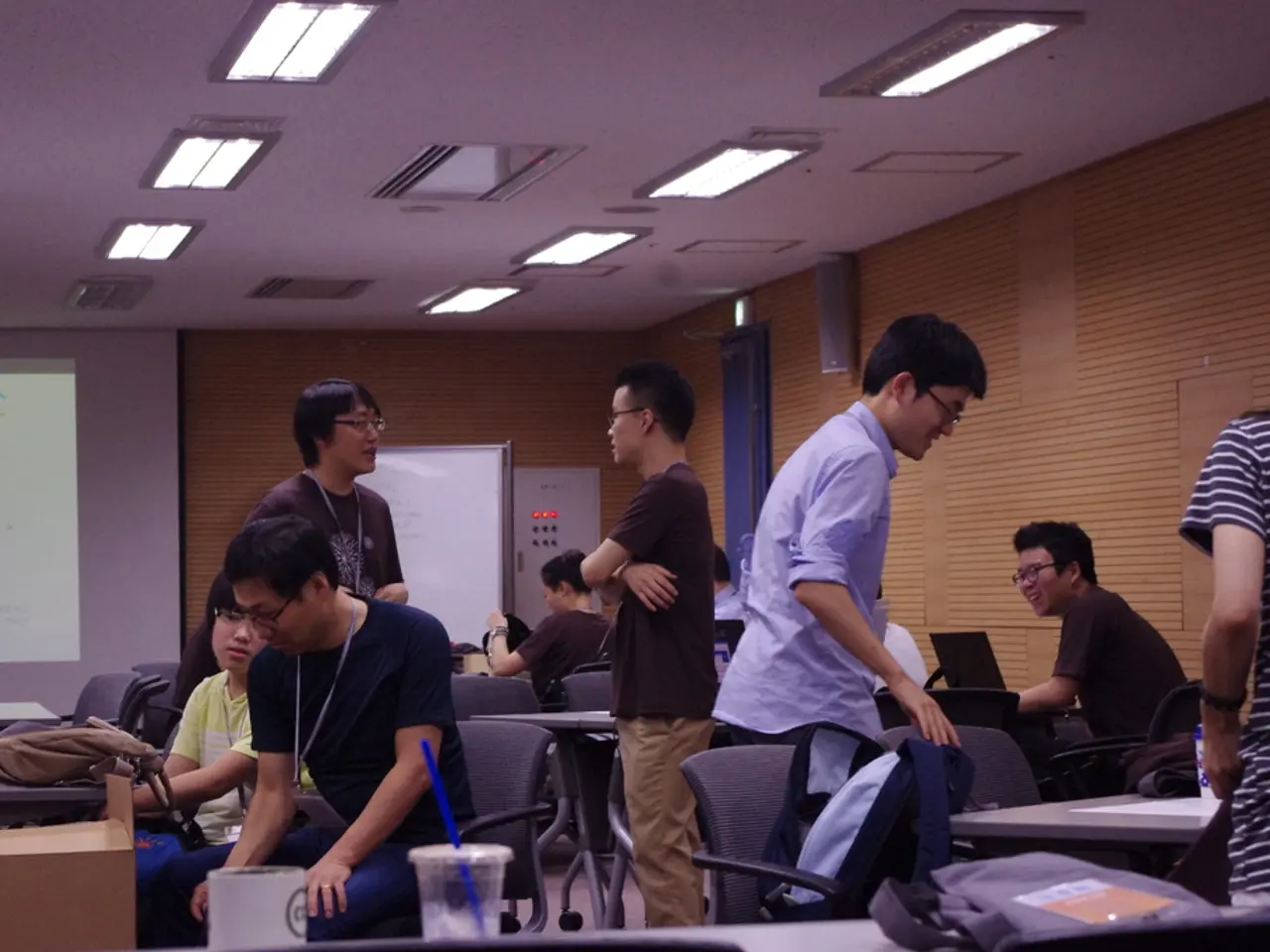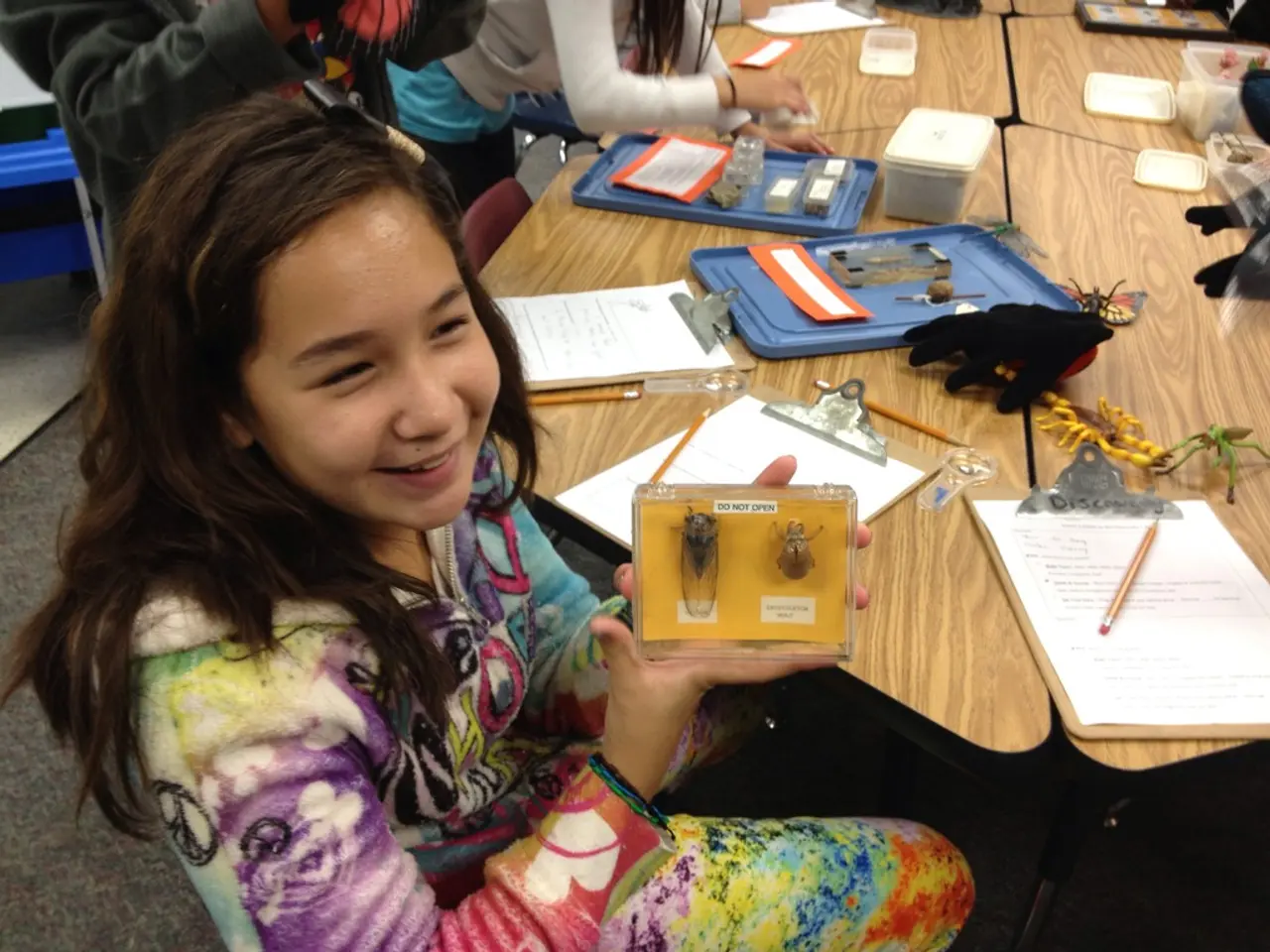Enhancing Virtual Classroom Interaction: Guidelines for Novice Instructors
Virtual Classroom Community: Building Connections in the Digital Age
These days, with the shift to remote learning, virtual classrooms have taken center stage. While the benefits abound, educators often grapple with one challenge: cultivating a sense of community among students. In a traditional classroom setup, students can naturally form connections. But in the virtual world, creating that atmosphere calls for a deliberate approach.
The Importance of Community
A strong virtual classroom community is key for several reasons. First, it lays the foundation for a positive learning experience. When students feel understood and supported by peers, they're more likely to participate actively in discussions and collaborate on projects. Second, community-building can boost social-emotional well-being. It reduces feelings of isolation and enhances overall student satisfaction.
Strategies to Foster a Virtual Community
- Kick it off right: Start your classes with icebreaker activities to help students connect. Encourage students to converse, find common interests, and get acquainted.
- Group projects: Assign projects in groups for teamwork and collaboration. This not only encourages communication but also helps students build relationships. Utilize digital tools to facilitate collaboration and ensure equal involvement.
- Discussion boards: Encourage meaningful conversations outside of class hours on virtual discussion boards. Provide thought-provoking questions, topics related to the course material, and ask students to engage with each other's posts.
- Virtual office hours: Schedule regular times for students to meet with you one-on-one or in small groups. This gives students more personal access to you and fosters a sense of belonging.
- Social events: Organize virtual social events like game nights, movie discussions, or virtual field trips. These activities promote interaction and bonding beyond the academic sphere. Make use of video conferencing platforms that offer breakout rooms for smaller group interactions.
- Recognize achievements: Acknowledge and celebrate students' successes, be it big or small. This boosts confidence and reinforces a sense of belonging within the community.
Obstacles and Solutions
Though challenging, creating a virtual classroom community can be achieved. First, the lack of non-verbal cues may pose a problem. To address this, encourage students to use emojis, GIFs, or other visual aids to express themselves. Also, remind students to be mindful of their tone in written communication.
Time zone differences can make community-building a challenge as well. To cater to everyone, consider recording and sharing class sessions, offering flexible assignment deadlines, or scheduling synchronous activities at different times to ensure inclusivity.
Key Takeaways
Cultivating community in a virtual classroom might require extra effort, but the payoff is worth it. By employing these strategies, you can create a warm, inclusive learning environment where students feel heard, engaged, and motivated to thrive.
A strong virtual classroom community is essential for fostering active participation, positive learning experiences, and improved social-emotional well-being for students, while strategies like icebreakers, group projects, discussion boards, virtual office hours, social events, and recognizing achievements can help in building connections (education-and-self-development). The challenges of non-verbal cues and time zone differences can be overcome by encouraging visual aids, mindful tone, recording class sessions, offering flexible deadlines, and scheduling synchronous activities at diverse times (technology). Cultivating a virtual community has far-reaching benefits and creates an environment that encourages learning, collaboration, and personal growth (learning).




